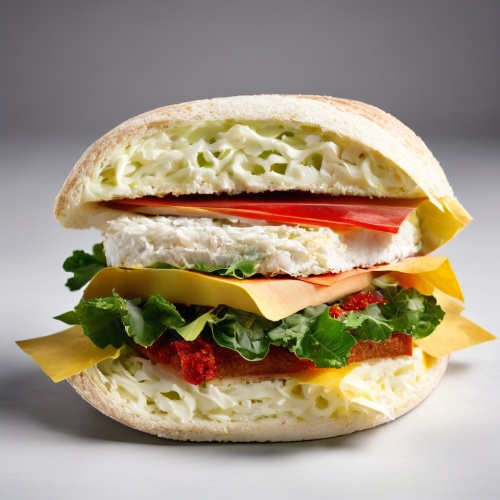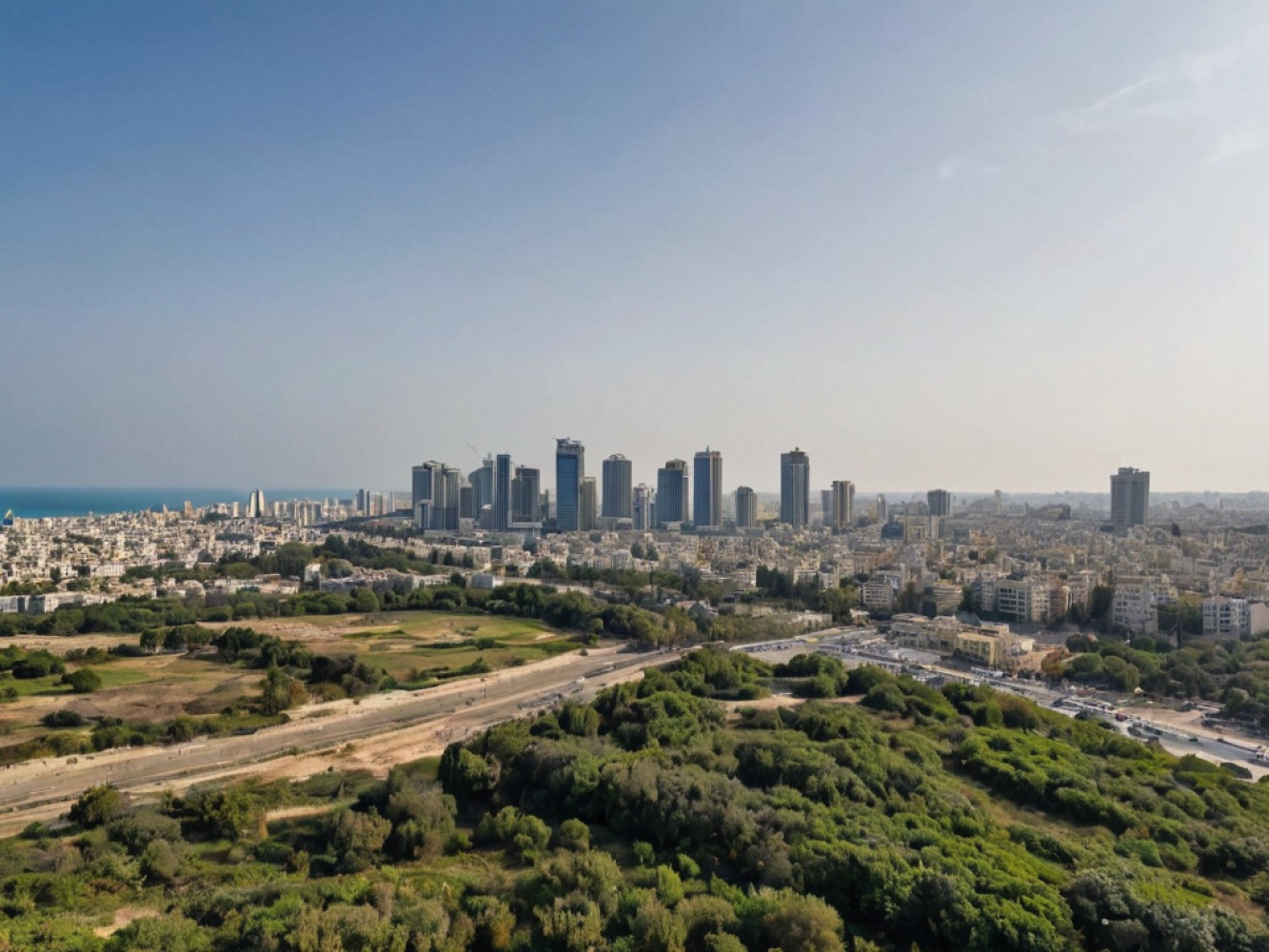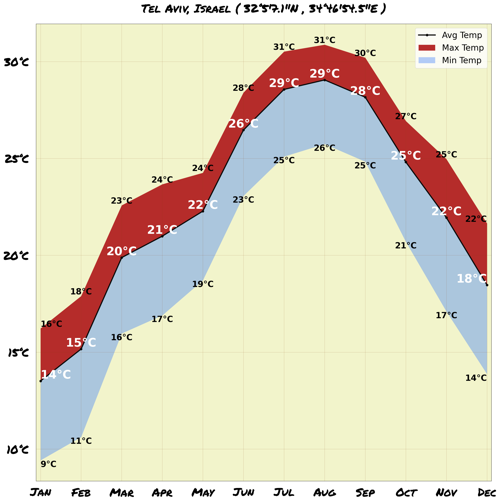Understand
Discover the rich history of the small yet ancient gulf of Jaffa, which has been home to a fortified port town for over 4000 years. As the population grew in the 19th century, the old city walls could no longer contain it, leading to the emergence of new and vibrant neighborhoods. Tel Aviv, meaning "Hill of Spring," was founded in 1909 by a group of visionary Jewish residents who envisioned a European-style garden suburb. This marked the beginning of the construction of the first urban center in the Middle East with running water, an extraordinary feat for its time. Tel Aviv flourished under Ottoman rule until the end of World War I when the British assumed control over the Holy Land. This event was seen as a positive development by the Jewish community, while the Muslim community viewed it with apprehension. In 1921, a significant attack by an Arab mob in Jaffa led to the mass migration of Jews to Tel Aviv, transforming it from a suburb into a thriving city. Within a decade, Tel Aviv became the epicenter of culture, commerce, and light industry for the entire Jewish population, as well as the British soldiers stationed in the area. Tel Aviv's growth continued, and in 1938, the opening of its port cemented its autonomy from Jaffa. By then, it had become the largest city in the country, housing 130,000 residents. Following Israel's declaration of independence in 1948, Jaffa became a district of Tel Aviv, and the city's official name became Tel Aviv-Yafo. Today, Tel Aviv-Yafo stands as a bustling metropolis, with a greater metropolitan area that stretches along the Mediterranean coast and is home to approximately 3.1 million people. Tel Aviv-Yafo itself boasts a population of around 392,700, making it the second-largest city in Israel after Jerusalem (760,800 inhabitants). It is a vibrant hub of culture and commerce, earning its reputation as "the city that doesn't stop." The city's lively nightlife and 24/7 cultural scene offer endless excitement and entertainment. In fact, it's not unusual to see the beach boardwalk bustling with people even at 4 AM during the summer months. Tel Aviv's clubs and bars come alive around midnight and stay vibrant until the early hours, solidifying its status as a true party city. Moreover, in July 2003, Tel Aviv-Yafo was designated a UNESCO World Heritage site for its remarkable collection of International-style buildings, also known as Bauhaus architecture, dating back to the 1930s-50s. The city's simplicity and white color have earned it the nickname "the White City."
Map & Climate
Popular Foods
 Shakshuka - This iconic Israeli dish consists of eggs poached in a vibrant tomato sauce seasoned with cumin, paprika, and chili peppers. It's typically cooked and served in a skillet, accompanied by fresh bread for dipping into the savory, slightly spicy mixture. Often enjoyed for breakfast or brunch, shakshuka can also be a satisfying vegetarian lunch or dinner option.
Shakshuka - This iconic Israeli dish consists of eggs poached in a vibrant tomato sauce seasoned with cumin, paprika, and chili peppers. It's typically cooked and served in a skillet, accompanied by fresh bread for dipping into the savory, slightly spicy mixture. Often enjoyed for breakfast or brunch, shakshuka can also be a satisfying vegetarian lunch or dinner option. Falafel - These delicious, crispy fritters are made from ground chickpeas or sometimes fava beans, mixed with herbs and spices such as parsley, cilantro, garlic, and cumin. They're then deep-fried until golden brown and served in pita bread as part of a sandwich called a falafel wrap, often accompanied by tahini sauce, vegetables, and pickles. Falafel is a popular street food and a staple in Israeli and Middle Eastern cuisine.
Falafel - These delicious, crispy fritters are made from ground chickpeas or sometimes fava beans, mixed with herbs and spices such as parsley, cilantro, garlic, and cumin. They're then deep-fried until golden brown and served in pita bread as part of a sandwich called a falafel wrap, often accompanied by tahini sauce, vegetables, and pickles. Falafel is a popular street food and a staple in Israeli and Middle Eastern cuisine. Hummus - This classic Israeli dip or spread is made from mashed cooked chickpeas blended with lemon juice, garlic, and sesame paste (tahini). It's typically served as an appetizer or side dish, accompanied by fresh vegetables, pita bread, or other types of flatbread for scooping up the creamy, slightly tangy hummus. Hummus is a popular and versatile plant-based option that can be found throughout Israel and the Mediterranean region.
Hummus - This classic Israeli dip or spread is made from mashed cooked chickpeas blended with lemon juice, garlic, and sesame paste (tahini). It's typically served as an appetizer or side dish, accompanied by fresh vegetables, pita bread, or other types of flatbread for scooping up the creamy, slightly tangy hummus. Hummus is a popular and versatile plant-based option that can be found throughout Israel and the Mediterranean region.




Comments
NO COMMENTS